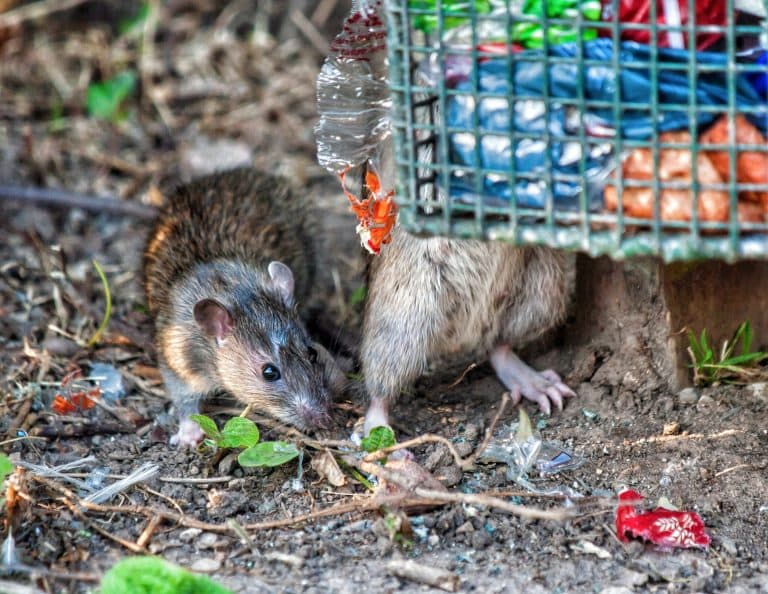
The battle against pests in a food production facility is never ending. Rats in the production area are your worst nightmare, but the chances of this happening aren’t as slim as you might hope. The truth is that without measures to control them in place, any food factory is a paradise for all kinds of pests.
Types of pests and how to spot them
Stored Product Insects (SPIs)
These are insects that live in food products, and include moths, weevils, beetles and mites. These are usually present when the product is delivered to your facility, but can also occur in products that have been stored for a long time. They are found most commonly in dried food, such as cereal products, seeds, nuts, dried fruit, spices, powdered milk, tea and preserved meats.
It can often be difficult to spot signs of SPIs, as they live within the packaging and the holes they make in the packaging may be invisible to the human eye.
However, they can be spotted using thorough quality control checks. Signs of SPIs include damage to products, such as small holes in nuts or grain and infestation, holes, larvae or webbing on the outside of packaging, in food storage bins, in cracks, on machinery, in food spillages or on beams and window sills.
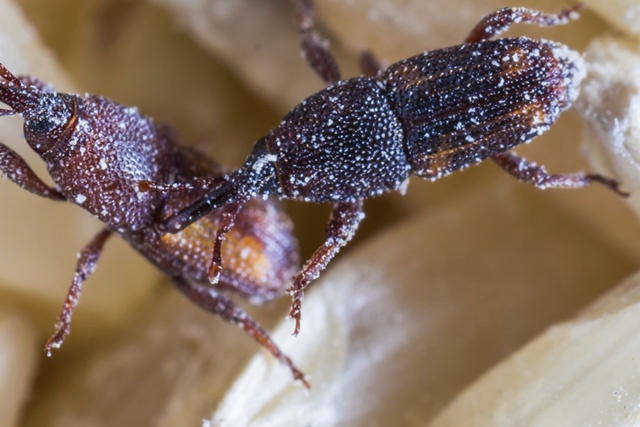
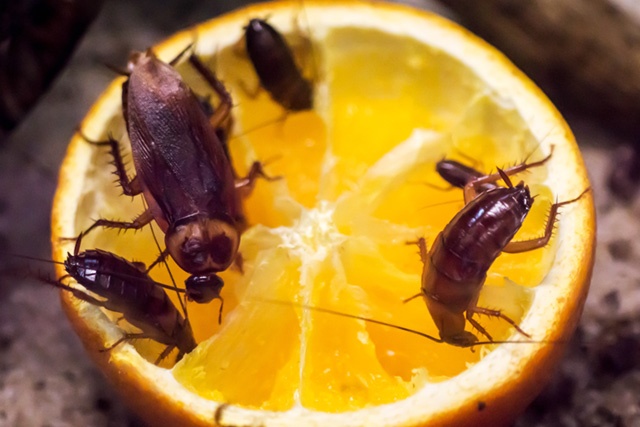
Cockroaches
Cockroaches are usually nocturnal, they shelter during the day and come out to eat at night. They like dark places such as cracks, drains, inside equipment and hidden spaces that provide the right temperature and humidity. They can carry a large and varied amount of bacteria and pathogens hazardous to human health.
They are often difficult to reach using standard cleaning methods as they hide away in small, well-sheltered places, and can be difficult to spot as they are very small and keep well hidden during the day. Signs of cockroaches include droppings, shed skins and eggs. Cockroaches also leave a foul odour which can permeate food packaging.
Flies
The two main types of flies which cause problems in the food industry are drain flies and fruit flies. Drain flies are attracted to rotting food and sewage, and fruit flies are attracted to fermenting sugary liquids. Flies are usually easy to spot as they are generally found in open spaces containing anything which is attractive to them.
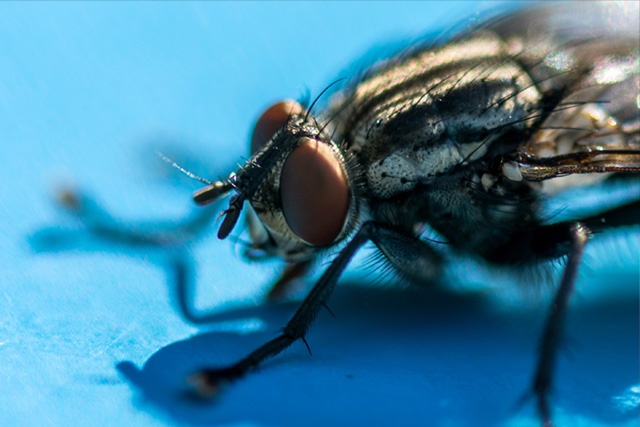
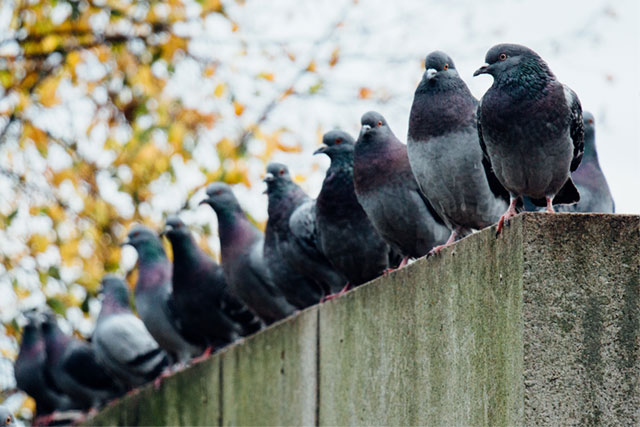
Birds
The most common birds that cause problems are pigeons, house sparrows, seagulls and starlings. Many of these species can carry pathogens and bacteria that are hazardous to humans.
Although these birds do not always nest in buildings, their nesting and roosting sites can encourage and attract other pests such as bird mites to your facility. Also, their droppings, feathers and nesting materials can cause contamination. This becomes more of a problem when the birds nest inside your facility, contaminating surfaces, machinery and inventory.
Signs of birds in your facility are usually fairly clear; droppings, feathers or nesting material inside your production area will usually indicate a nesting site indoors. These materials can usually be fairly easily traced to the nesting or roosting area.
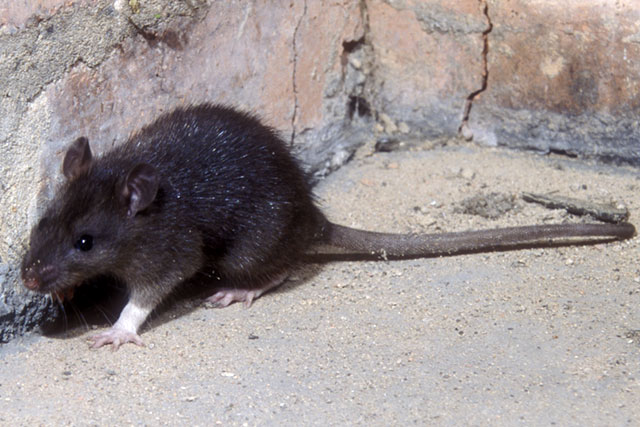
Rodents
Rodents include rats and mice, and are generally considered the most destructive pests. They can, and often do, damage electrical equipment, sewer systems, machinery and equipment, as well as food, packaging and other stock items.
Other problems caused by rodents are contamination of production areas and food with droppings, urine and body contact. They also carry a large number of diseases, as well as ticks, fleas, lice and mites. There is also an increased risk of mosquito-borne diseases with a rodent infestation.
Signs of rodents include droppings, sightings of animals, urine stains, gnaw marks, and sounds of activity (squeaking, scurrying, gnawing sounds).
Prevention

Exclusion
This involves concentrating on possible points of entry for any pests. This includes windows, doorways, drains, both inside and outside the building, roof-lines, chimneys and vents.
While this is a relatively easy task for larger pests such as rodents and birds, it can be almost impossible to completely exclude smaller pests. However, there are measures which you can take to minimise small pests, the main one being quality control. Regular detailed checks should be held on machinery and the facility as a whole, and also on inventory; both raw materials that come in and completed products. These checks should enable you to spot any stored product insects, possible harbourages for any other pests, and signs of pest activity.
Minimise attraction
Another measure you should be taking is to remove as many things the pests are attracted to as you can. This includes food products, waste – food waste and otherwise – standing water, and places to shelter, such as damp areas or cracks.
- Ensure all food products are stored in sealed containers to minimise SPIs
- Empty bins regularly to minimise rotting waste, which attracts flies
- Keep all waste containers sealed – make sure outdoor skips and bins are closed at all times and cannot be entered by rodents or birds
- Keep waste stored well away from production areas – don’t leave waste in the production area for any length of time; definitely not overnight
- Minimise cracks and crevices as much as possible – especially faults along the bottom of walls and in corners – these provide ideal harbours for both rodents and smaller pests
See how we can help you re-think your waste management process.
Elimination
Despite your best efforts, it’s extremely unlikely that you will completely remove all pests from your facility. While the above measures should remove most larger pests, such as rodents and birds, there will probably still be plenty of smaller pests left.
Methods of elimination include:
- Fly killer lights
- Rodent traps
- Rat poison
- Insect powder – this is especially useful for cockroaches, which are hard to reach by other methods
Keep in mind that these methods are a guide. The battle against pests is constant, and only continuous improvement and – most importantly – constant quality control checks, can keep you winning the war.
If you want to learn more about how our waste management solutions can help you in your war against pests, fill in the form below.
